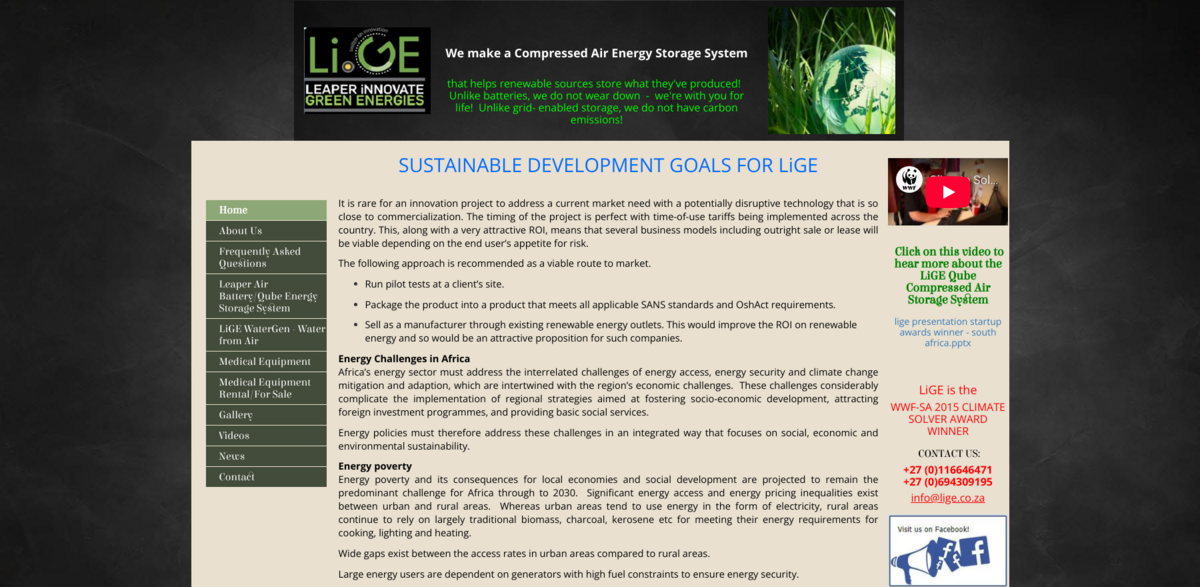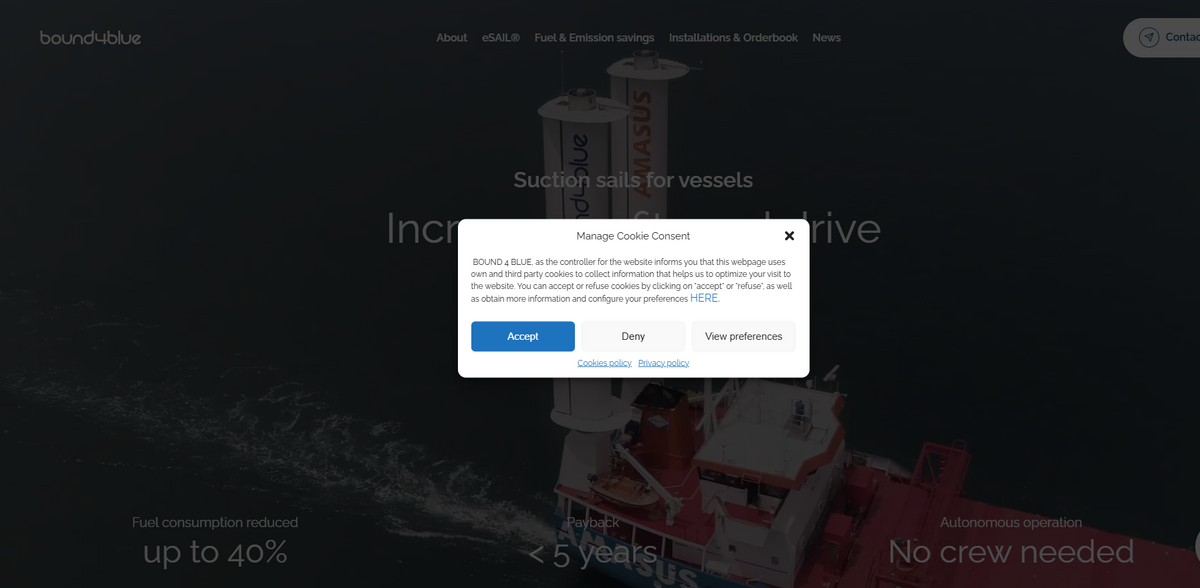Project Overview and Innovation
Compressed Air Energy Storage (CAES) System Overview – a revolutionary compressed air energy storage innovation that helps renewable sources store what they’ve produced! Unlike batteries, this system does not wear down – it’s designed for life, and unlike grid-enabled storage, it produces zero carbon emissions. This advanced CAES Air Battery brings together innovation and sustainability in one cost-effective and environmentally friendly energy storage solution. The technology is close to commercialization and is perfectly timed with the implementation of time-of-use tariffs across the country, ensuring that renewable energy becomes even more efficient.
Key Benefits and Main Advantages
Key figures and facts include:
- 5MwH system capacity
- Production in excess of 25K liters of water per day
- Zero carbon emissions – pure clean air results
- No wear down like traditional batteries – built for life
- Cost-effectiveness combined with environmental friendliness
All these benefits add up to a technology that not only improves the ROI on renewable energy but also addresses the pressing needs for sustainable growth and energy efficiency.
Market Need and Commercialization
Given that the market is calling out for technologies that combine sustainability with innovation, this compressed air system provides a compelling answer. Pilot tests can be run at client sites to demonstrate its effectiveness… The system is packaged as a product that meets all applicable SANS standards and OshAct requirements, satisfying both industry and end-user expectations. The attractive ROI leaves room for several business models, from outright sale to leasing arrangements, thereby appealing to various customers with different appetites for risk. Such a flexible approach helps bridge the gap between disruptive technology and market acceptance.
Energy Challenges in Africa
Africa’s energy sector is confronted with intertwined challenges such as energy access, energy security, and climate change mitigation and adaptation – all of which often overlap with economic challenges. Urban areas lean towards electricity, while rural areas still depend heavily on traditional biomass, charcoal, or kerosene for cooking, lighting, and heating. Energy policies are pressed to address these disparities in energy access and pricing, along with the looming impacts of energy vulnerability, price volatility, and system unreliability. The demands of a growing population and the need for improved transmission facilities add an extra layer of urgency, making the CAES solution a welcome innovation in the continent’s evolving energy landscape.
Sustainable Manufacturing and Green Practices
The project’s manufacturing processes emphasize energy efficiency with renewable energy sources like solar or wind power at the helm of operations. Waste reduction strategies such as recycling, reusing materials, and minimizing packaging waste are cornerstones of the production process. Resource conservation is achieved by reducing water consumption and embracing eco-friendly materials to optimize raw material usage. Emission control technologies are in place to monitor and reduce greenhouse gas emissions while product lifecycle assessments help identify opportunities to lessen environmental impact at every stage. Partnering with suppliers who adhere to sustainable practices ensures that the supply chain remains green and ethically responsible, creating a holistic approach to environmental stewardship.
Social and Economic Benefits in Local Communities
The innovation is not just a technological upgrade—it brings tangible benefits to local communities. Enhanced job creation and skills improvement provide ripple effects of security across families and neighborhoods. Energy poverty is addressed through lower energy costs and increased access to modern, reliable services, all of which lead to improved disposable income and quality of life. By using local suppliers and integrating local content, the system recirculates capital within the local economy, fostering entrepreneurial ventures (think SMMEs) and additional job creation. Such social impact paves the way for greater energy security and an overall rise in community development.
Project Impact and Sustainable Development Goals
- Environmental impact: Zero Carbon emission
- Environmental impact: Produce Water
- Environmental impact: Produce Clean Air
- Job Creation, Improved skills, and improved quality of life – one job equates to security for at least 4/5 people
- Reduction in fossil fuel dependency and preservation of natural resources
- Creation of new business opportunities for SMMEs and skills transfer within the supply chain
- Zero landfill due to the entirely recyclable system
- No wastage through strict controls and smart checks
- Boosting local economies by recirculating capital through local suppliers
Vision for a Sustainable Future
The CAES Air Battery envisions a future where renewable energy becomes the standard, and the challenges of energy poverty, energy security, and climate change are comprehensively addressed. With urgent investments in generation and transmission facilities and a robust infrastructure for renewable energy, modern and affordable energy services will gradually become available even in the most remote areas. The technology complements initiatives for energy efficiency, waste reduction, and resource conservation, fostering a culture of sustainability that extends to manufacturing and community involvement. This dynamic approach not only improves the reliability of the energy supply but also ensures that the environment benefits from clean air, water production, and zero hazardous waste. With a mix of pilot testing, strict adherence to regulatory standards, and flexible business models, this project stands as one of the most promising innovations to revolutionize renewable energy storage. It is a clear example of how sustainable development goals can be met while driving socio-economic prosperity.





















